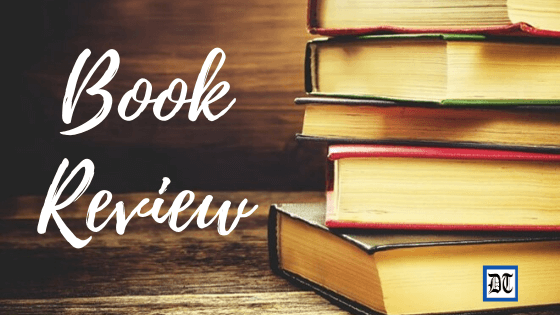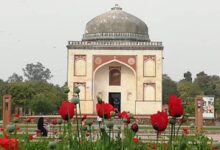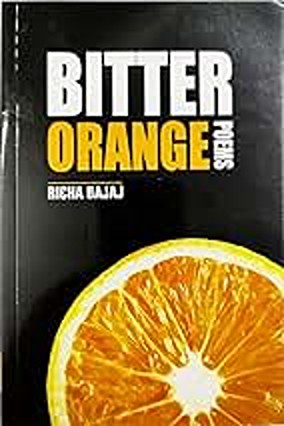Dr Anita reviews ‘Vodka on The Volga’, a poetry collection by Dr. Santosh Bakaya and Dr. Koshy AV, featuring themes of love, longing, loss, and feminist narratives exclusively for Different Truths.

It was an absolute treat to go through this highly creative, thought-provoking, and in many ways informative poetry collection, Vodka on the Volga: A Duo of Dueling Dulcimers & Daggers (Blue Pencil, 2020). A unique book for its experimental collaboration between two well-known academicians and writers, Dr Santosh Bakaya and Dr. Koshy AV, the poetry therein is extremely appealing and complimentary. It’s a distinctive collection with poems that encapsulate and interpret ideas and thoughts from both authors’ favorite writers, mostly Russian. Both authors acknowledge in their notes their love for Russian literary texts.
The title is captivating as it entices readers to sip vodka on the Volga, the longest river in Europe, located in Russia, with dulcimer music and daggers playing and flashing intriguingly and hauntingly in the background. The symbolic duels that occur in life are seduced onto the pages of this book through a “poetic duel” between the authors, as Dr Bakaya declares in her preface. And the stage is set for humor as well as poignant deliberation on poetry and famous authors, which Dr. Koshy classifies, rightly so, as “cartography of a certain aesthetic and literary journey…” (Afterword).
… this is a very rich collection, thematically, contextually, content-wise, and in its poetic lyricism.
This is an interpretative poetic collection, as both writers showcase in their poetry their love for, their understanding of, and their dedication to their writers. In that sense, this is a very rich collection, thematically, contextually, content-wise, and in its poetic lyricism. It’s also rich in the myriad illusions it creates, in the dream world it fashions, and in the semantic surrealism projected through the authors’ perceptions of their favorite books. So, we have Pushkin, Tolstoy, Turgenev, Dostoevsky, Chekov, Tarkovsky, Gorky, and others embedded within the deftly crafted poems. British writer George Orwell too seeps into the poems, and so does classical and popular culture through conversations about or anthropomorphically with Lara’s Theme, Led Zeppelin, and the Beatles. “…soft, soft creep those notes of Lara’s Theme/My heart is in a knot…” (p.24) and “She was wearing a Led Zappelin T Shirt/sheathed in an enigma…” (p.22).
Such visually heightened poetry takes us on an enjoyable, at times stark, expedition of the auditory, somatosensory, and olfactory senses. One can feel and smell the burn in “I am yet here/To take up your cross/Carry it, wear your mantle or robe/Roam, rove, soar, free/I too burn (pp. 54–55). For individuals who have synesthesia, it will be a very tactile experience.
In some ways, this collection reminded me of Alice in Wonderland, famous Russian ballets such as Swan Lake and The Nutcracker, or any theater or movies for that matter, in the sense of stepping from a very real world into a make-believe one. The contradiction of reality layered with illusory sentiments is captured beautifully and fiercely through poems on love, longing, loss, and feminist portrayals. As an example, female slavery and Malala Yousafzai are presented in one poem where the claustrophobia of historical and contemporary female slavery is underscored.
Outpourings of adulation and admiration for famous authors could be challenging to compose in poetry.
This was a tough collection to write, I would presume. Outpourings of adulation and admiration for famous authors could be challenging to compose in poetry. Yet, Bakaya and Koshy do so effortlessly, almost like their revered writers’ words were their second skin, the charm of which they carry as a badge of honor. And that makes this collection special and unforgettable.
I strongly recommend this fascinating poetic indulgence to all interested readers. Connect with your own favorite Russian authors through a contemporary creative lens and interpretation.
The collection was also a quick read for me…
The collection was also a quick read for me because once I started, I wanted to read it in one go, eager to learn how great writers themselves interpret other great writers, not directly, like in a research endeavor, but nuanced and couched in hints and whispers of artistic expressions. This dedicatory book is truly a poetic delight.
Cover image sourced by the author.





 By
By
 By
By
 By
By
 By
By